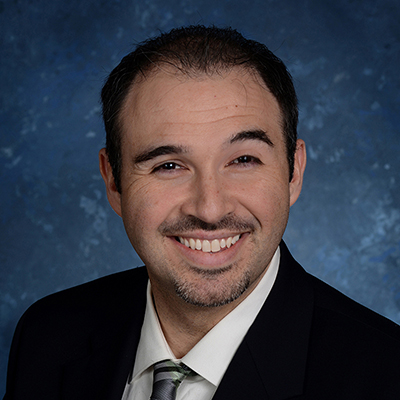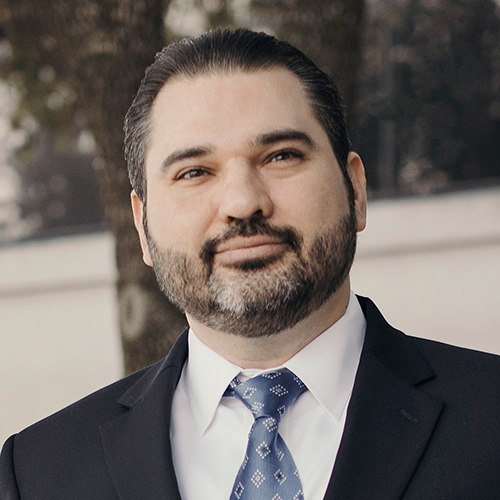|
Getting your Trinity Audio player ready...
|
In 2013, Scott and White Healthcare merged with Baylor Health Care System to become the largest nonprofit healthcare system in Texas. Today, Baylor Scott and White Health (BSW) remains in growth mode, and David Perez, director of operations and service excellence, continues to develop ways to improve care by overseeing the patient experience throughout the Austin/Round Rock Region of the BSW system.
“My passion for healthcare comes from a passion for helping people,” he says. “After working as a respiratory therapist for a few years, I felt an inner calling to transition to leadership. Providing care to help improve patient breathing conditions or support neonatal ventilation is rewarding to the soul. Nowadays, I receive the same gratification when I help others build their career and leadership skills.”
Perez understands that acts of kindness sometimes make a permanent impression. As a child afflicted with asthma and who suffered from common attacks as well as ones that resulted in multiday hospitalizations, he became acutely aware of healthcare and the kindness of others. In his current role, he hopes to pay it forward by improving patient care and, more generally, just helping people—a passion he learned from mentors throughout his life.
Born and raised in Houston, Perez is the middle child of three boys born to Armando and Sylvia Perez. He considers his father, a retired pipe-design engineer who worked for forty-seven years to support his family, his greatest mentor. Professional mentors also include Dr. Roy Smythe and his current supervisor, Jay Fox, president of BSW’s Austin/Round Rock region.
“I enjoy having multiple mentors because of their many different strengths,” Perez says. “However, there is a common theme among all my mentors in that they share my passion for helping people and truly care about the success of my career and life.”
After high school, Perez earned a bachelor’s in respiratory care at Texas State University and began working as a respiratory therapist. Five years later, he returned to Texas State to pursue an MBA. As a graduate student, he joined several health organizations, including one that introduced him to BSW. After graduating, he was hired as a BSW senior project manager in 2013 and was promoted to his current position in 2015, where he focuses on all aspects of the health experience.
“I believe challenges with patient experience consist of multiple areas. However, the main contributors involve the employee experience, complexities of the care continuum, and an evolving consumer expectation,” he says. “Ten years ago, there was minimal focus on experience. Today, health systems are building teams specifically around experience, going so far as to create executive positions in experience to lead the way.”
He defines experience as connecting with patients and families by alleviating anxieties, building trusting relationships, and supporting a healing environment. He relies on methodologies like LEAN that focus on minimizing waste and incorporating frontline ideas to achieve system goals.
“I utilize LEAN methodology to improve department processes and operations, which can, in turn, improve the patient experience,” he says. “However, there are additional benefits to utilizing LEAN methods. With my combined passion for organizational development and LEAN, I decided to integrate the two to see if we could help improve the
employee experience.”
For example, Perez says BSW can now take on culture challenges, such as low morale and ineffective communication, and incorporate process improvement models to find solutions. For Perez, it’s amazing to watch both employee and patient experience improve.
“I’m a big believer that employee experience spills over to the patient experience,” he says. “Therefore, much of my work involves improving employee engagement opportunities, knowing it will build an exceptional patient experience.”
According to Perez, another example of how LEAN improves engagement is through thirty-minute coaching sessions with staff that focus on problem identification, problem prioritization, and solution development.
“This type of engagement and improvement work builds staff morale by setting up the team for success with a clear improvement plan that they helped identify and develop. It also provides confidence and team skills to continuously improve departmental initiatives,” he says. “It’s one of my favorite activities because it allows for fast implementation, and it connects me with leaders and frontline staff, which aligns with improving the employee and patient experience.”
Although few will escape a hospital visit as a patient or as a visiting family member, Perez hopes to enhance that prospect.
“In all, healthcare has many challenges when creating a positive patient experience,” he says. “We need to better understand that every touch point through a healthcare journey is vital to experience, particularly with the changing consumer.”
Tools for Success
A leader in developing the management capabilities for healthcare executives, the American College of Healthcare Executives (ACHE) stimulates new tools, resources, and opportunities for leadership education for professionals across the continuum of care. Committed to improving the patient experience, David Perez joined the organization in 2010 on the advice of one of his mentors.
“I’ve committed myself to ACHE for so long because my values and purpose align well with the college—a focus on leadership development, networking opportunities, and community engagement,” he says.
Perez considers himself living proof of how effective the ACHE program has been in his professional development.
“Since joining, I’ve moved my way up the ranks to my current position as acting president,” he says. “It is so exciting to have a great team of leaders working to bring value to our members by building fantastic events and networking opportunities.”

